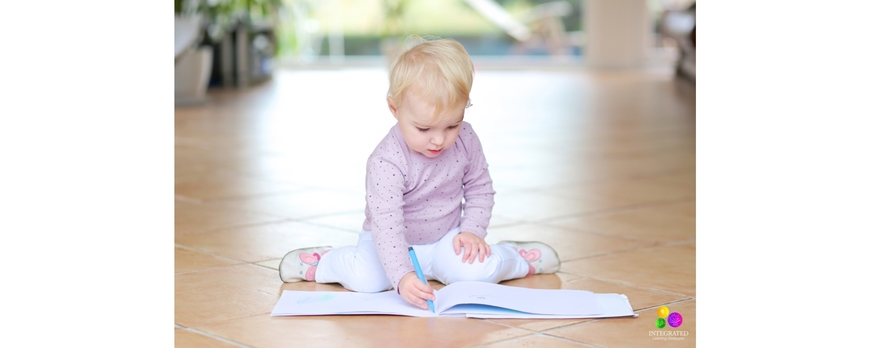Primitive Reflexes: The Answer Behind W-Sitting and How to Fix it

Children find such joy in playing imaginative games with toys and costumes. I wish multiple times a day, both silently and verbally, that my kids will stay little. Maybe there is a way to freeze time so they will stay the same ages they are now and forever play in the adventure land of childhood. While I dream, I must also realize that while children play, they are building and developing skills that affect more advanced abilities. There is much to observe with kids and play. Children teach us vast lessons regarding worldviews, imagination and innocence. In addition, while watching imaginative play, we as parents and caregivers can recognize some simple movements in our children that may indicate future issues with orthopedic conditions and gross muscle delays.
What is "W-Sitting"
Children have various positions that they sit and play in. One of the positions we see frequently is call "W-sitting." This position is where a child sits with their bottom completely on the floor in between their legs, knees bent, and feet splayed out to the side. In this position, a young person is able to achieve a wider base of support which increases trunk stability, especially if this is a weak area for the child. This play stance naturally requires less postural control, which can allow the child more energy for focus on the toy. This tends to be a position of choice for children who have poor trunk stability or strength. You may have already seen several wonderful articles about W-sitting and how it affects children, however, we are going to explore the reasons behind it, what may cause W-sitting in children and how to fix it. Sometimes, the insufficient trunk strength is a result of a retained primitive reflex called the Symmetrical Tonic Neck Reflex (STNR).

STNR and How It Relates to W-Sitting
In Sally Goddard Blythe's book, The Well Balanced Child, STNR is present for a brief period immediately after birth and then reappears from about six to nine months of age. It then inhibits or "disappears" around nine to 11 months. This important reflex causes upper and lower sections of the body to perform opposite movements. It helps the baby prepare to creep and crawl. Goddard states that the creeping stage of development is extremely important. Weight bearing on the hands and knees prepares the spine for standing up so they can balance with walking. Your child's vision and balance learn to operate together in this phase of a baby's life as the discover gravity. Hand-eye coordination that develops during this phase results in better reading and writing skills for later in life. In The Well Balanced Child, it also describes how many children who experience some difficulties with both reading and writing did not crawl or creep in the first year of life.
There are multiple effects of the retained STNR that can impact your child's learning. If your child still has the STNR after they are more than a year old, you may see the following signs:
- W-Sitting
- Slouching posture
- Poor hand-eye coordination (difficulty playing catch)
- Clumsy while eating
- Can't sit still in a chair, legs are wrapped around chair or they prefer to stand
- Difficulties copying instructions (for example, looking at the whiteboard in school and copying notes to a piece of paper)

